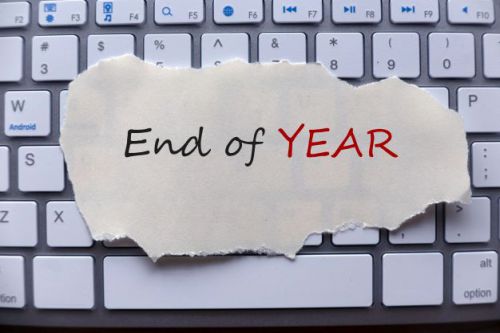Last updated: November 22 2022
Capital Cost Allowance Changes: Immediate Expensing

Did you know that asset purchases before the end of this year could qualify for immediate expensing – that is, a full expense deduction for capital purchases? Yes, you read that correctly. Certain eligible asset purchases can be immediately expensed in the year the asset becomes available for use. This provision has recently been expanded to also include sole proprietors and many partnerships in 2022.
The first thing to do is to understand the details of this provision. The following points will help:
- What is eligible property? How much? Up to $1.5 million of eligible capital costs can be immediately expensed. There are no carry-forward possibilities for CCPC’s with fewer than $1.5 million eligible capital costs. Exclusions include CCA classes that generally include long-lived assets. These classes are 1 to 6, 14.1, 17, 47, 49 and 51.
- How do existing provisions affect immediate expensing? Accelerated write-off options for clean energy equipment, manufacturing and processing equipment and machinery are still possible. However, it is important to note that these provisions do not reduce the amount available under the new measure. The total amount that can be deducted over the life of a property remains the same. The one problem is what happens on disposition of an immediately expensed asset. There will be recapture, and this may not be well understood by the acquirer.
- Which companies qualify? The company has to be an eligible person or partnership. A corporation has to be a CCPC, and a non-incorporated company has to be owned by a Canadian resident individual or, in the case of a partnership, a group of Canadian resident individuals or CCCPs who do not have other partnerships as partners. Multi-tiered partnerships do not qualify.
- What purchase dates are included? When does the property have to be ready for use? For corporations, the eligible property had to be acquired after April 19, 2021, and must be available for use before 2024. This differs for unincorporated businesses. Their purchase dates have to be after December 31, 2021, and t
.png) he property must be available for use before 2025.
he property must be available for use before 2025. - What about late filers? Is there a time limit to report? The designated immediate expensing property (DIEP) has to be declared within 12 months after the company’s filing due date. For a sole proprietor, the filing due date would be June 15th. The return, including the immediate expensing declaration, needs to be filed before June 15th of the year after the return is due. Let’s say you have already filed the return when the eligible property was purchased and set up (available) for use. You may do an amendment to include the provision on the CCA schedule. However, the amendment still has to be within the above time limitations.
- Can immediate expensing create or increase a loss? For a corporation, sometimes. This may be advisable if the loss can be used up over the next few years, but only up to the allotted $1.5 million. In the case of a sole proprietor or eligible partnership, the answer is no; a loss cannot be created or increased.
- Can the immediate expensing provision be claimed by each eligible associated corporation in full? No, the $1.5 million limitation has to be split between associated corporations.
- What happens on the sale or disposition of the asset that was immediately expensed? Will there be recapture? Yes, in almost all cases. The intention of the immediate expensing provision is to spur on a company’s future productivity growth and help a small business accelerate economic recovery, so important after the COVID-related challenges in the last few years. But it’s important to look at the lifetime value of the provision, taking into account potential recapture provisions down the line, before making the decision to use this option. Advisors and their clients will want to do the math. For most assets, recapture will be required whenever the proceeds of disposition exceed the undepreciated capital cost, regardless of when the CCA was claimed. The one exception is Class 10.1 (passenger vehicles). However, if a class 10.1 vehicle is designated as an immediate expense property, recapture will apply, so immediate expensing of passenger vehicles is generally not recommended.
Next steps? Year-end planning starts now. Advise your clients of this change. Is it time to purchase a capital asset?
Bottom Line: Review your own business assets and those of your clients. Analyze the pros and cons of claiming depreciation using traditional timelines versus utilizing the immediate expensing provisions. Perhaps saving tax this year would be a big benefit to the business (CEBA loan or other COVID-related debt may need to be paid). The long-term effects of claiming CCA that matches the tax savings over the life of the capital asset may be more beneficial.
Diane Elliott, founder of Millennium Tax Services, Cambridge, ON (1998). DFA - Tax Services Specialist, RWM. Long time instructor and author with Knowledge Bureau.
Additional Educational Resources: Check out Year End Tax Planning for Investors and Owner-Managers course that will teach you how to advise private business owners and managers about the best ways to manage his or her compensation to maximize the amount of after-tax income available.
©Knowledge Bureau, Inc. All rights Reserved
